From the Department of Agriculture to the Department of Agriculture and Environment
After the success of the August Revolution, on November 14, 1945, President Ho Chi Minh signed a decree to establish the Ministry of Agriculture. At the provincial level, the Agriculture Department was established, laying the first bricks for the management and organization of agricultural and forestry production in the area.
In the subsequent collectivization period, land management was strengthened; the land management agency was separated from the Ministry of Finance and transferred to the Ministry of Agriculture. At the local level, the Department of Land Administration was established, gradually perfecting the state management system of resources and production.

Along with the innovation process, Lang Son agriculture goes straight into applying science, introducing new varieties, diversifying crops, and improving crop seasons. Photo: Hoang Nghia.
Along with the process of innovation and the development of the socialist-oriented market economy, two specialized agencies were formed, the Department of Agriculture and Rural Development and the Department of Natural Resources and Environment. For many years, these two focal points have been the core forces, helping the province effectively manage water - forests - land - minerals - environment - agriculture, serving economic development and stabilizing people's lives.
On March 1, 2025, Lang Son province officially merged these two units into the Department of Agriculture and Environment - the first time agriculture and environment were unified under the same management unit. This is not only an administrative event but also a logical and inevitable institutional step, because land - water - forest - environment - production is an organically linked system.
Agriculture cannot be developed without sustainable resource management; nor can environmental protection be separated from production practices. The merger opens up a new governance model: from management by records to management by science and data.
From subsistence production to responsible production
Over the past 80 years, what has made Lang Son agriculture strong is not only increased productivity, but also innovation in production thinking. During the period 1955 - 1985, Lang Son shifted from a small-scale economy to cooperatives. The province increased investment in irrigation, expanding the cultivated area to nearly 40,000 hectares, of which more than 13,000 hectares were irrigated for intensive farming and crop multiplication. Rice yield reached over 23 quintals/ha/crop - 26% higher than the average level of the North and mountainous regions in the same period. This is a milestone affirming that productivity does not come from unlimited expansion of area, but from improving quality on the same unit of land.
Entering the period 1986 - 2000, along with the renovation process, Lang Son agriculture went straight into applying science, introducing new varieties, diversifying crops, and improving seasons. Food output increased from 125 thousand tons (1994) to more than 206 thousand tons (2000); average food per capita increased from 235 to 284 kg/person/year. Forest cover increased sharply, from 17% to 33.88%.
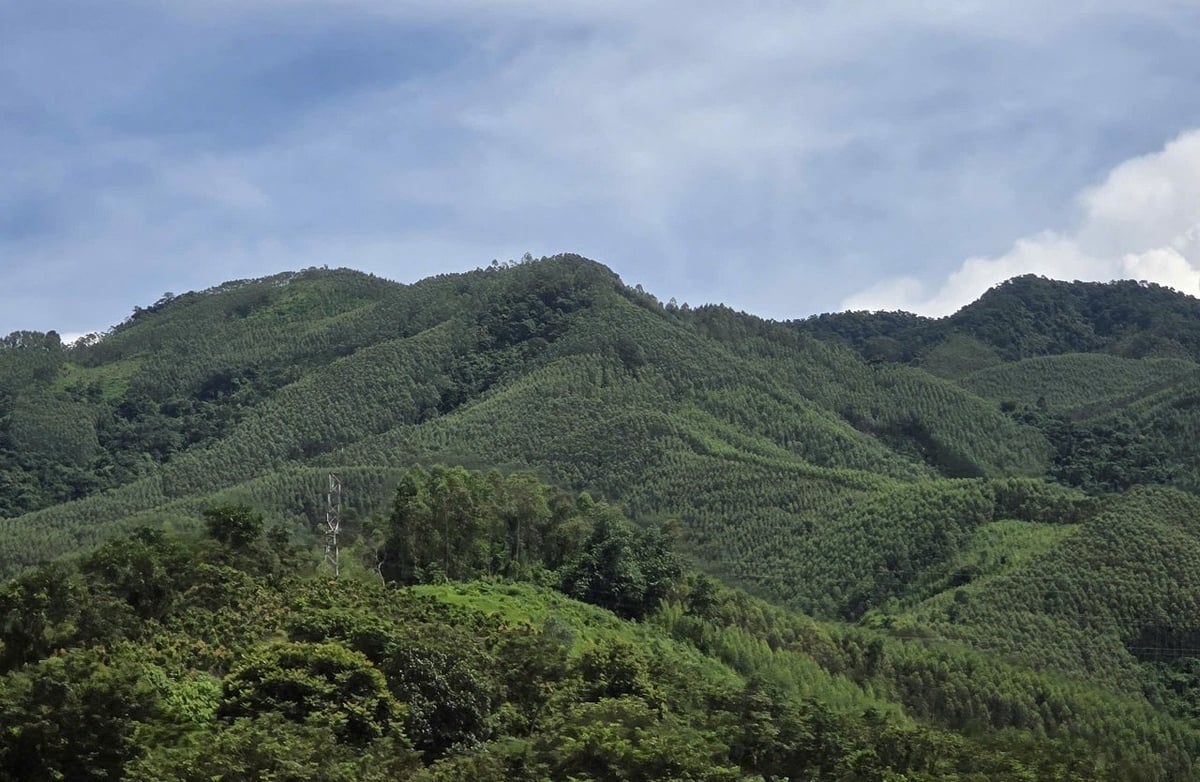
Lang Son's forest cover in 2025 will reach 64.5%, an increase of 1.5% compared to 2020. Photo: Hoang Nghia.
From there, the province established the core principle: forests are not a burden to protect, but capital for development; natural resources must be managed for long-term development, multi-value, serving production, livelihoods and sustainable growth. This mindset shift is the foundation for agriculture to enter the 21st century from "production for food" to "responsible production", both with resources and with the market.
Growing with quality and value
From 2001 to 2020, the industrialization and modernization of agriculture was strongly promoted. In the period 2015 - 2020, the GRDP growth rate of the agriculture and forestry sector reached 2.73%/year. The proportion of agriculture and forestry in the province's GRDP decreased from 26.08% to 19.92%. This is a positive decrease, because the province has two new growth pillars: industry and services, not a decline in agriculture.
On the contrary, agriculture continues to expand in both quality and scale. The average total food output reaches 311 thousand tons/year, exceeding the plan by 3.6%. 95% of the rural population has access to clean water; the aquaculture area remains at 1,290 hectares, with an output of nearly 2,000 tons/year. Forestry continues to be the driving force. More than 9,000 hectares of forest are planted each year, with forest coverage reaching 64.5% in 2025, an increase of 1.5% compared to 2020.
Along with the modernization process, the land and resource management sector is considered the key to improve the efficiency of agricultural management. Lang Son has shifted to data management. Many communes and wards have built a complete land database system. The VNPT-iLIS system connects public services and tax authorities to determine financial obligations.
The province has also approved a plan to limit underground water exploitation and determine the wastewater capacity of rivers and lakes. It has completed the assessment of the effectiveness of geological and mineral exploitation and strictly managed resources for construction.
In the environmental field, the province supports communes to complete environmental criteria in new rural construction. By June 2025, Lang Son has 106/175 communes meeting NTM standards, 28 communes meeting advanced NTM standards, 10 communes meeting model NTM standards; an average of 15.21 criteria/commune, an increase of 2.31 criteria/commune compared to 2020. This is a real shift in rural life, from infrastructure to community awareness.

By June 2025, Lang Son will have 106/175 communes meeting NTM standards, 28 communes meeting advanced NTM standards, and 10 communes meeting model NTM standards. Photo: Hoang Nghia.
Based on that NTM foundation, Lang Son has strongly developed the OCOP program. OCOP is not only a product list, but also a method of reorganizing the agricultural market. When products have certification, traceability, packaging, regional stories and quality standards, farmers sell cultural values - identity - quality, not just raw materials. This is the crucial step of shifting from "producing to have enough to eat" to "producing to dominate the market".
Breakthrough to develop green, smart agriculture
Director of Lang Son Department of Agriculture and Environment Nguyen Huu Chien said that, promoting the tradition of the past 80 years, in the coming time, the industry will focus on implementing 4 key breakthroughs, creating a foundation for modern and sustainable agricultural development.
Firstly, promote the application of information technology in management, operation, and build a unified and synchronized industry database. Data includes land, mineral resources, water, environment, and agricultural and forestry production, effectively serving the direction and exploitation of local advantages.
Second, enhance the application of science and technology, especially in breeding. The industry prioritizes the selection and development of key crop and livestock varieties with high productivity and quality, adapting to climate change, meeting the market demand inside and outside the province, aiming for export.
Third, innovate farming methods towards green, smart, and sustainable agriculture; form concentrated commodity production areas, apply advanced techniques, increase added value and product competitiveness.
Fourth, effectively exploit the potential and advantages of the locality to develop large-scale commodity agricultural economy, especially specialty crops and key crops of the province; gradually form a closed value chain from production - processing - consumption, towards green, effective and sustainable agriculture.
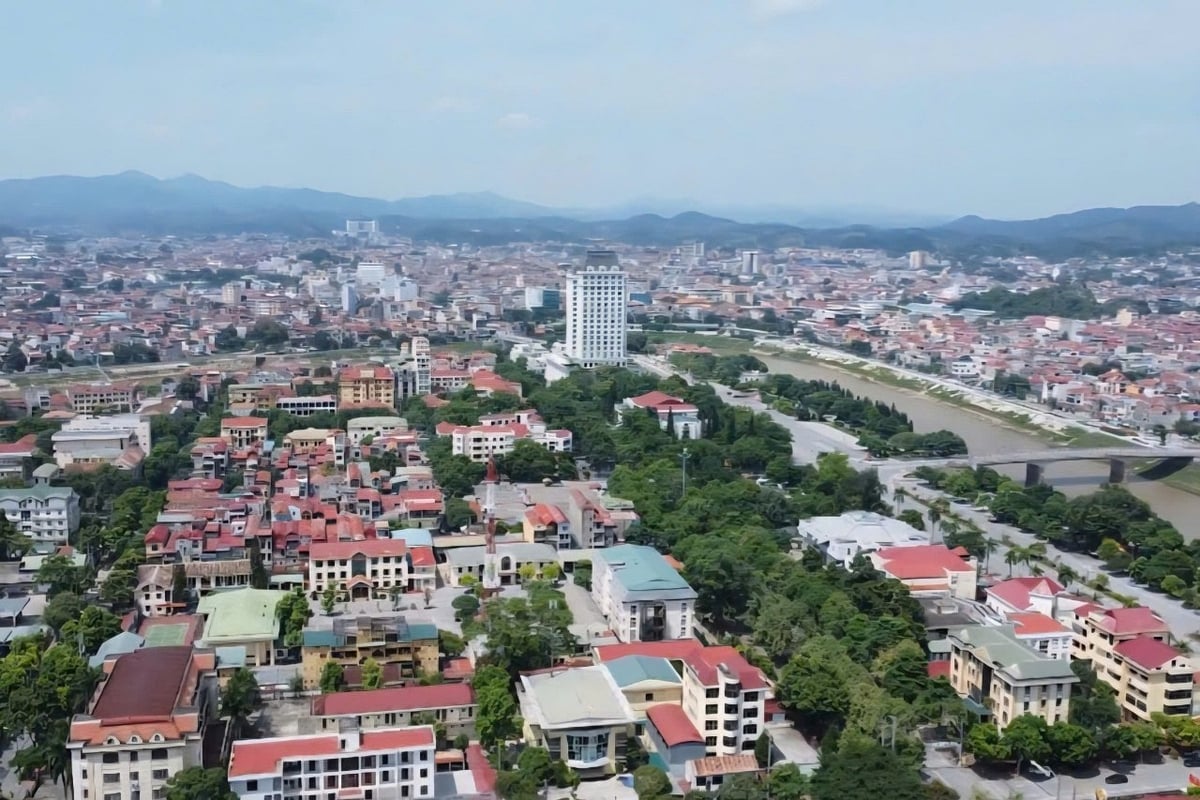
Over the past 80 years, the Lang Son Agriculture and Environment Sector has made many positive contributions to the socio-economic development and ensuring national defense and security of the province and the country. Photo: Hoang Nghia.
80 years is a long journey, but not the end. It is the accumulated capacity to enter a new phase, the phase of knowledge, standards and markets. The merger of the Department from March 1, 2025 is the pivotal point, helping the industry enter a new operating system: where all land, water, forest and ecological resources are managed in the same system.
When management is based on a scientific foundation, decisions will be faster, more accurate, and more optimal. And that is the path for Lang Son Agriculture and Environment sector to continue to move forward with the era of sustainable development.
On the occasion of the 80th anniversary of Agriculture and Environment Day and the 1st Patriotic Emulation Congress, the Ministry of Agriculture and Environment will organize a series of events from July to December 2025. The focus will be on the 80th anniversary of the Agriculture and Environment sector and the 1st Patriotic Emulation Congress, held on the morning of November 12, 2025 at the National Convention Center (Hanoi) with more than 1,200 delegates attending. Agriculture and Environment Newspaper will broadcast this event live.
Source: https://nongnghiepmoitruong.vn/nganh-nong-nghiep-va-moi-truong-lang-son-vung-buoc-cung-thoi-dai-d783695.html


![[Photo] Prime Minister Pham Minh Chinh receives Lao Minister of Labor and Welfare Phosay Sayasone](https://vphoto.vietnam.vn/thumb/1200x675/vietnam/resource/IMAGE/2025/11/11/1762872028311_dsc-2246-jpg.webp)




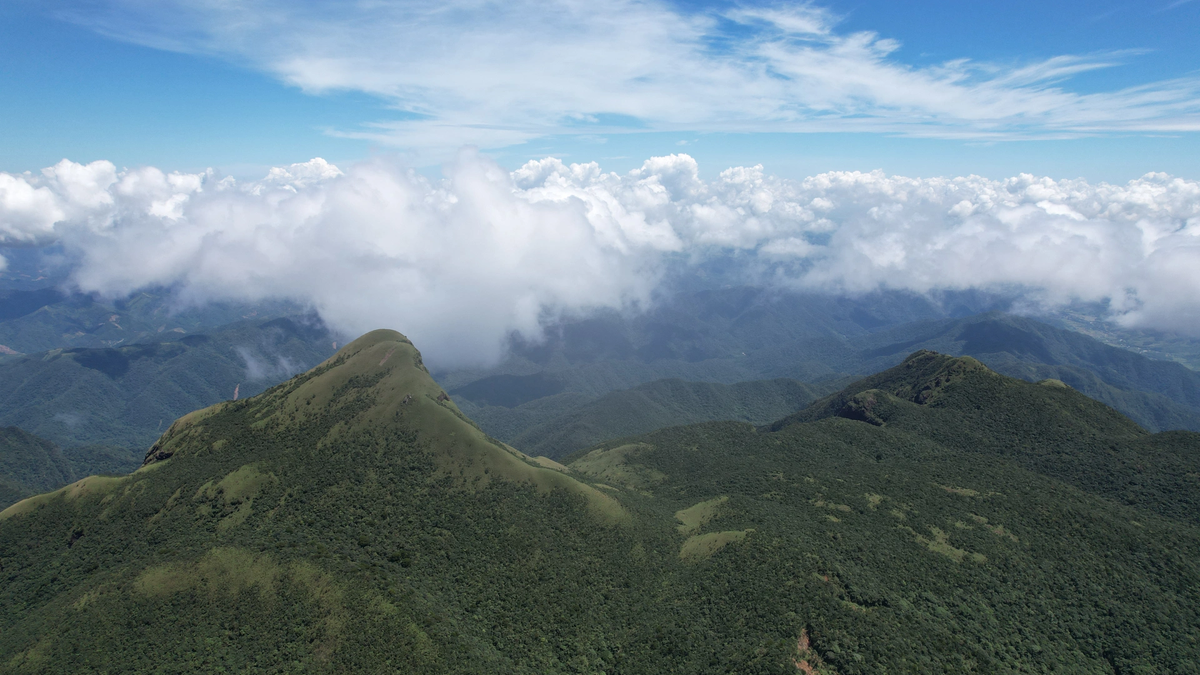
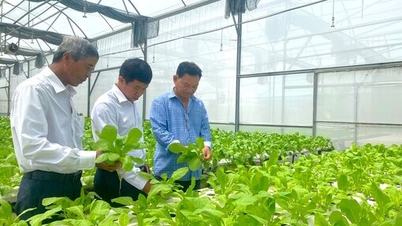

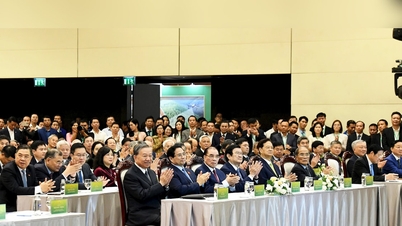

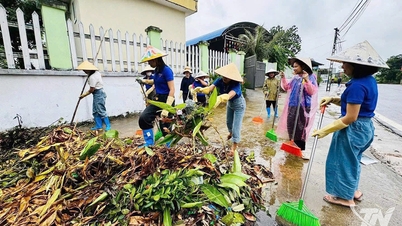




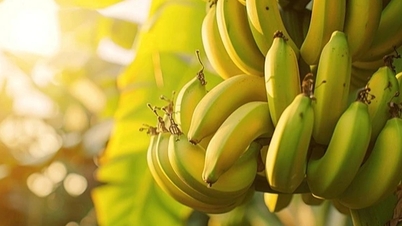



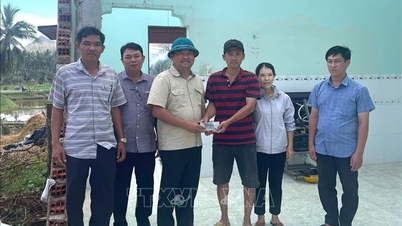
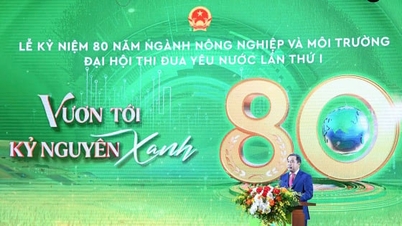
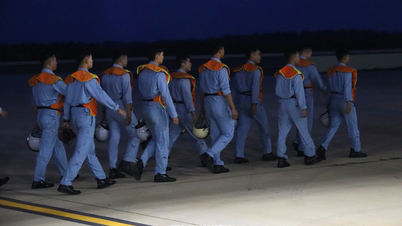

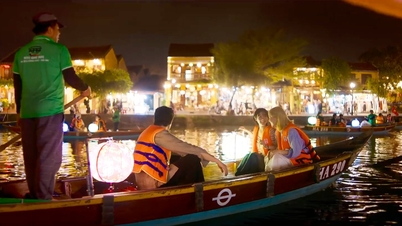

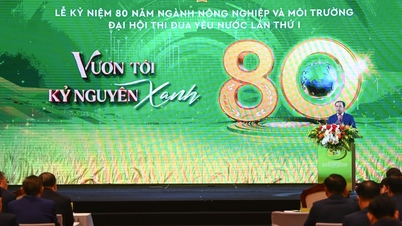






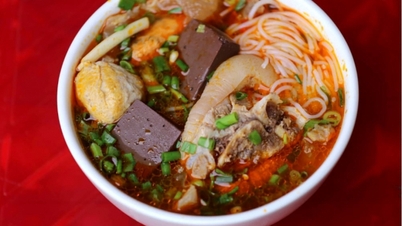


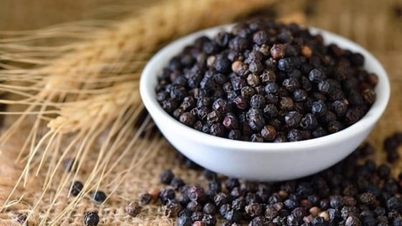

























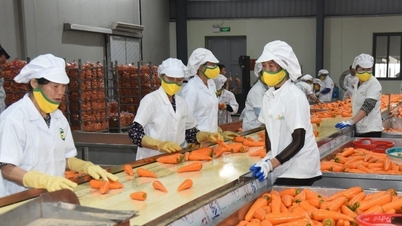










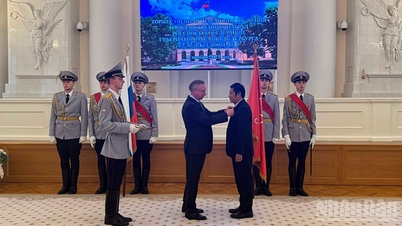
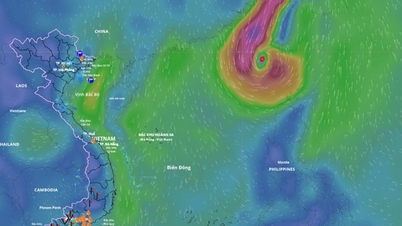







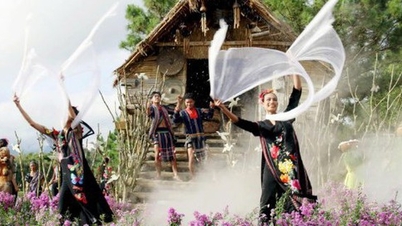
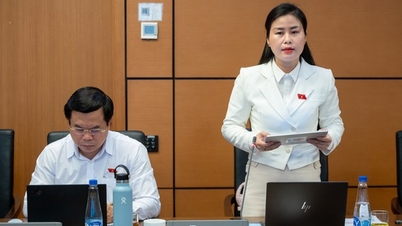
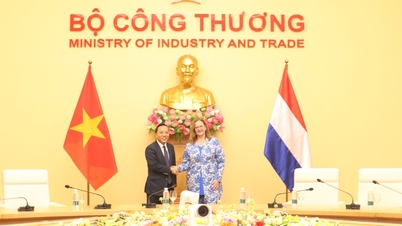


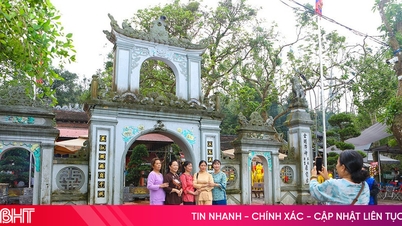








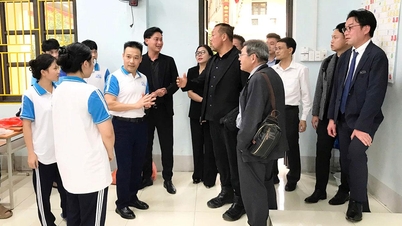



![Dong Nai OCOP transition: [Article 3] Linking tourism with OCOP product consumption](https://vphoto.vietnam.vn/thumb/402x226/vietnam/resource/IMAGE/2025/11/10/1762739199309_1324-2740-7_n-162543_981.jpeg)





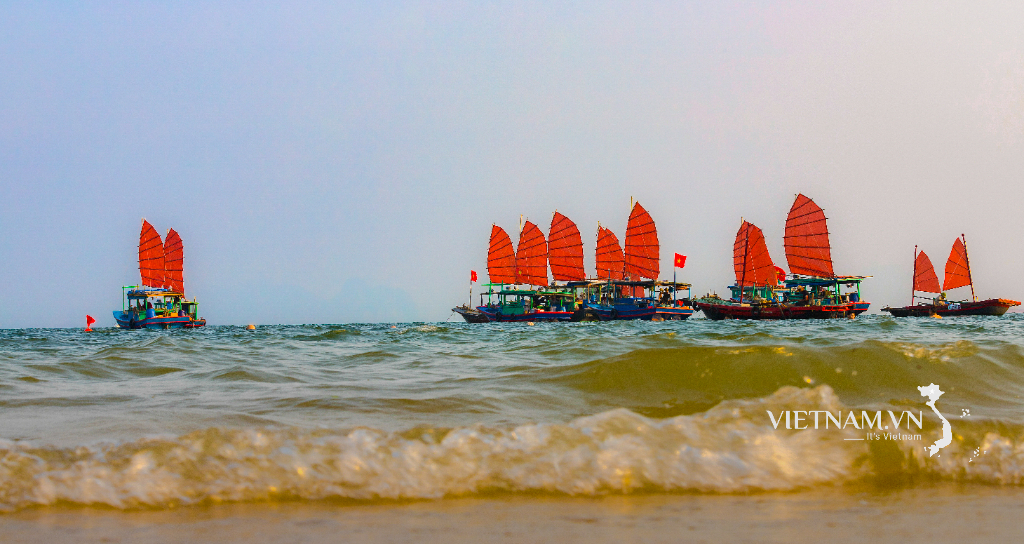

Comment (0)